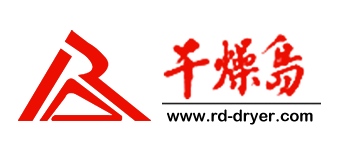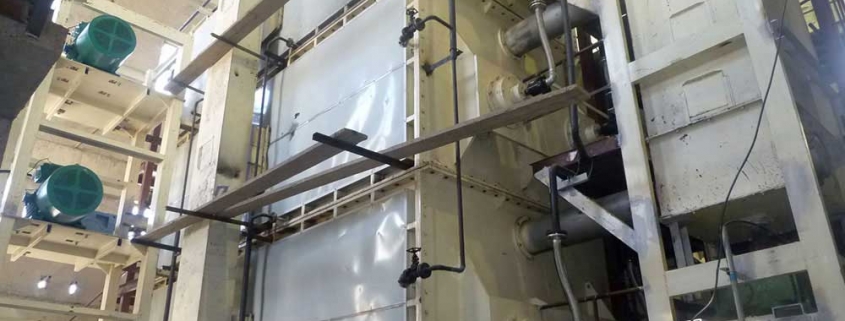Drying equipment is widely used in chemical, pharmaceutical, agricultural and forestry products, food, light industry and other fields. It is a general-purpose mechanical product with a large quantity. The drying equipment industry has gone through many years of history from formation and development to maturity. At present, the conventional drying equipment required by the domestic market, as well as the main drying equipment required by the international market, can basically be manufactured by China. This shows that the history of importing drying equipment in China has ended.
At present, the domestic market share of drying equipment in China has reached more than 80%. It is expected that during the “10th Five-Year Plan” period, the domestic dry equipment will occupy more than 90% in the domestic market. The focus of competition is mainly on product quality, technical level, after-sales service and price.
In the type of drying equipment, hot air heating atmospheric pressure drying equipment and vacuum drying equipment will be mainly used, and other users in special fields such as far infrared drying equipment and microwave drying equipment will gradually expand the application quantity; in food and medicine drying, The demand for larger gauge equipment in vacuum freeze-drying equipment will increase; the demand for equipment with functional combinations (such as granulation-drying, drying-filtration) will also increase; high-automatic drying equipment will be welcomed in some applications. . In addition, the appearance quality of drying equipment will receive more and more attention, and the corrosion resistance and reliable service life of corrosive material drying equipment will be of particular concern to users.
The following are the general principles for the selection of drying equipment. It is difficult to say which one or which items are the most important. The ideal selection must be based on its own conditions, and sometimes compromises are necessary.
1. Applicability: Drying equipment must first be applicable to specific materials and meet the basic requirements for drying of materials, including good handling of materials (feed, transport, fluidization, dispersion, heat transfer, discharge, etc.). And can meet the basic requirements of processing volume, dehydration amount, product quality and so on.
2. High drying rate: only in terms of drying rate, the material is highly dispersed in hot air during convection drying, the critical moisture content is low, the drying speed is fast, and the same convection drying, the drying method has different critical moisture content, so the drying rate It is also different.
3. Low energy consumption: Different drying methods have different energy consumption indexes. Generally, the thermal efficiency of conductive drying can reach 100% theoretically, and convection drying can only be about 70%.
4. Saving investment: The drying equipment that performs the same function sometimes has a very different cost, and should be chosen as the lower one.
5. Low operating costs: equipment depreciation, energy consumption, labor costs, maintenance costs, spare parts costs, etc. should be as low as possible.
6. Preference is given to drying equipment with simple structure, sufficient supply of spare parts, high reliability and long service life.
7. Meet environmental protection requirements, good working conditions and high safety.
8. It is best to make the drying experiment of the material before the selection, and to understand the drying equipment (extensions and disadvantages) that have been used in similar materials, which is often helpful for proper selection.
9. Not relying entirely on past experience, focusing on absorbing new technologies and listening to expert opinions.
Each type of drying equipment has its own specific application range, and each material can find several drying equipment that can meet the basic requirements, but only one of them is most suitable. If the selection is not appropriate, in addition to the unnecessary one-time high procurement cost, the user has to pay a heavy price throughout the lifetime, such as low efficiency, high energy consumption, high operating cost, poor product quality, and even equipment fundamentals. Can’t run normally and so on.



